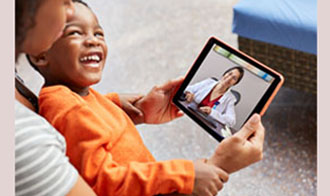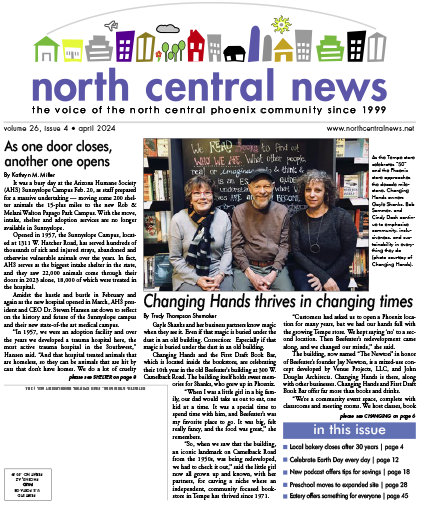The COVID-19 pandemic is transforming the way patients receive medical services and some of those trends are expected to continue beyond the global healthcare crisis.
That’s according to doctors and other healthcare professionals at Banner Health, HonorHealth and Dignity Health. They say telehealth visits, in which patients communicate with doctors and other medical professionals through video chats and telephone calls, have become more widely used since the pandemic hit the area and will likely still be popular after it ends. Apps and other technology that allow patients to check in for appointments and determine how busy emergency departments are before walking into a medical center also have been used since the pandemic began.
“Those of us in healthcare would all agree that the last 18 to 20 months have been unlike anything we’ve seen in our lifetime,” said Dr. Jim Whitfill, chief transformation officer for HonorHealth. “It’s required large healthcare systems to be responsive and agile. COVID created an accelerant to foster a degree of change.”
HonorHealth switched from in-person to virtual or video-based telehealth medicine within a few weeks when the pandemic began to impact the area in March 2020. Since not all patients have access to the internet at home, the healthcare organization also offers visits over the telephone, Whitfill said. He added that telehealth visits work well for behavioral health services, as well as for minor physical health issues including colds and to check on people who have had surgery. These virtual visits are effective especially when the patient and healthcare provider have already established a relationship, Whitfill said.
He said the disadvantages of conducting telehealth visits are that medical professionals are not able to take patients’ temperatures or check their blood pressure and oxygen levels. Medical professionals also are not able to listen to someone’s lungs or feel how soft or hard their stomach is to determine what types of issues patients have.
HonorHealth relied on apps for patients to check in during COVID-19 vaccination clinics earlier this year. Most medical forms for other types of appointments at HonorHealth can be filled out ahead of time online.
Whitfill predicts that the problems with obtaining materials and drugs will continue. This supply chain issue makes it difficult at times to get needed computers and other medical equipment.
Dr. Eric Katz, chief medical officer at Banner Estrella Medical Center, also predicts telehealth services will continue to be commonly used even after the pandemic becomes more of an endemic.
“As people learn to work from home, they’ll probably adapt to doing lots of other things from remote locations,” Katz said.
He added there must be trust between the patient and healthcare provider in order for telehealth visits to work. For example, the doctor needs to trust a patient to give their accurate weight. An advantage of telehealth appointments is that patients can have other family members with them at home to hear the discussions. Banner Health also has used a device to track patients’ heart and respiratory rates after they return home from a hospital with COVID-19. Patients also can check in online for office visits and to inform the emergency departments ahead of time before they come in-person for treatments.
Dignity Health also has “greatly expanded its innovative care solutions,” including telehealth appointments and providing new technologies to help patients and their families during hospital visits, said Dr. Keith Frey, chief medical officer for Dignity Health in Arizona. It uses Medical Memory, a HIPAA-compliant mobile application that allows clinical teams to record video updates of patients admitted to medical centers, Frey said. The videos can be shared with patients’ loved ones. Dignity Health also adopted a mobile tool, ERAdvisor, which allows patients and their families to view estimated wait times, to share the timeline of their visits with loved ones, to answer common questions, as well as to obtain updates on laboratory statuses and to schedule follow-up visits.
Frey said he expects Dignity Health in Arizona will keep providing telehealth services to patients in the future and start innovative technologies to enhance patients’ experiences in Dignity Health clinics and hospitals.
“Although telehealth services have a number of benefits, such as convenience for patients with mobility challenges, it should be considered an adjunct to an established, in-person relationship with the patient’s personal clinician,” Frey said.
Abrazo Health also has initiated new ways of caring for patients, including through telehealth appointments and with online check-ins, said Dr. William Ellert, chief medical officer for Abrazo Health. One major focus has been implementing precautions for patients who need to come for in-person visits in a way that gives them the assurance that they are safe to enter the centers, Ellert said. Abrazo Health has processes in place that permit people to be cared for on-site in its emergency rooms, hospitals and physicians’ offices in a safe manner, he added.
“People need to collaborate with their healthcare providers to ensure that they receive care in the appropriate venue for their acute and chronic care needs,” Ellert said.










































